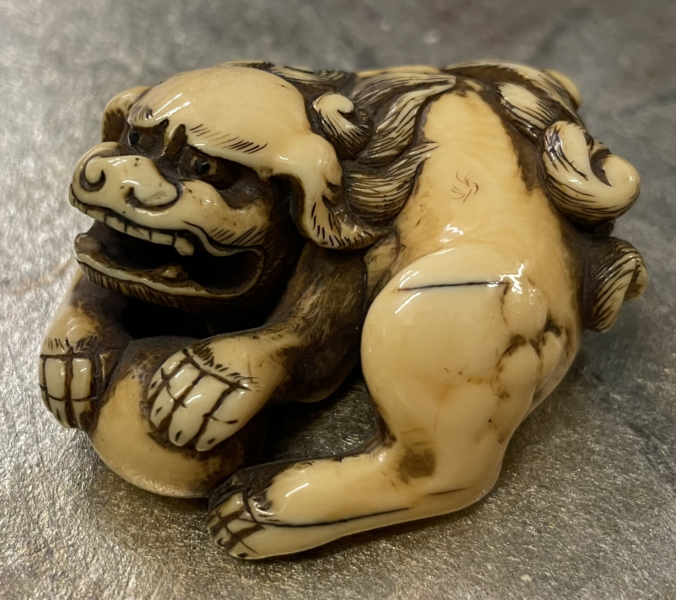Now that we have seen the shopping guides for Osaka and Kyoto, such a guide for Edo, Shopping Yourself in Edo, Edo kaimono hitori annai (江戸買物獨案内, 3 vols) of 1824, was actually, quite surprisingly, published by the Osaka firm of Nakagawa Gorōemon (中川五郎兵衛門) with Yamashiroya Sahei (山城屋佐兵衛), Okadaya Kashichi (岡田屋嘉七), Kuwamura Hanzō (桑村半藏) and Takegawa Fujibei (竹川藤兵衛) of Edo, and Kawanami Shirōbei (河南四郎兵衛) and Suzuya Yasubei (鈴屋安兵衛) of Kyoto, and Yanagiwara Kihei (柳原喜兵衛), Morimoto Tasuke (森本太助) and Nakagawa Gorōbei (中川五郎兵衛) of Osaka. It would seem that the Osaka publisher also acted as the compiler of the guide under the name of Nakagawa Hōsandō (中川芳山堂). And would he be the same as Nakagawa Gohei (中川五兵衛) whom we saw as the publisher of the Osaka shopping guide? All in all, the Edo guide lists 2622 shops, 151 of these are restaurants, all listed in the third volume. Anyway Nakagawa undoubtedly also targeted the Edo market, asking Ōta Nanpo (大田南畝, 1749-1823) to write a foreword, dated 1822, and asking Hokusai to contribute some illustrations (that apparently until now went unnoticed by all Hokusai researchers, so I’ll come back to these sometime soon).

Here we find, under the letter ‘ne,’ two shops explicitly selling netsuke: Yamagataya Sukejirō (山形屋助次郎) at Tōri Shiochō (通塩町), also advertizing a stock of leather pouches (?, 革提) and all kinds of ojime, and Fujishima Matsugorō (藤島松五郎) at Suwachō in Asakusa (浅草諏訪町), who is otherwise a woodcarving atelier making netsuke and ojime as well as pipecases, kiseruzutsu (煙管筒). According to this guide, Hiroseya Kashichi (廣瀬屋嘉七) of the Guild of Paper Tobacco Pouches (紙煙草入問屋) – which we don’t have in Kyoto or Osaka — at Bakurochō sanchōme (馬喰町三丁目), is also selling netsuke and ojime (緒留), and pouches, of course, even all kinds of leather pouches (?), as well as paper handkerchiefs (did we have paper handkerchiefs by then? remember, we are in 1824), and kanamono (金物, probably small knives, kozuka, razors, scissors, and the like). Misuya Zenbei (三栖屋善兵衛) of Ōtenmachōdōri Hatagochō (大傳馬町通旅篭町) sells all kinds of netsuke and ojime, as well as tobacco pouches made of both Kyoto and Ise fabrics. But unlike the shopping guides of Osaka and Kyoto, none of the forty haberdashers in this shopping guide — and there must have been many many more in this largest city of the world — claims to also sell netsuke, they do mention selling combs, ornamental hairpins of both the kōgai and kanzashi types, and some even ivory, but none of them specifically mentions netsuke. And this also goes for the forty dealers of tortoise, bekkō (鼈甲), most of these also working in ivory, but none of them mentions that they also make netsuke.

Anyway, we may well conclude that there were, indeed, a few shops with an atelier where people were carving netsuke in various materials. Maybe most artisans engaged in netsuke carving would occasionally also sell their works through these shops, but mostly, it seems, they would try and make arrangements with the ubiquitous haberdashers, komamonoya, and this was how they found buyers for their works and where people wanting to buy a netsuke, or just another netsuke so they might fit these with another inrō or tobacco pouch would go. And for some Kokusai 谷齋 netsuke you would probably go and try one of the Asakusa haberdashers.